Small savers will feel the heat of SBI’s 0.5 percentage point cut in savings deposit interest rates. About 90 percent of SBI’s depositors are those with deposits less than Rs 1 crore, where interest rate has been reduced to 3.5 percent from 4 percent. Those with over Rs 1 crore deposits will still earn 4 percent interest. The below Rs 1 crore category consists of customers who are typically risk-averse and consists of retired people or other low-income sections with little appetite for high-risk, high-return financial instruments. Typically, they prefer to park their money either in savings accounts or in other low-risk small savings instruments such as National Savings Certificate, Sukanya Samriddhi Account, Kisan Vikas Patra (KVP) and Public Provident Fund (PPF). Unfortunately, the government has reduced returns on these instruments as well. This section typically do not prefer equity investments or even mutual funds. Hence there are little chances that SBI’s move will encourage more people to move to financial markets. With SBI cutting savings interest rates, it is only a matter of time other large banks too follow the suit. To cut the long story short, small savers have a bad time ahead. Those who expect banks to effect drastic reduction in lending rates may get disappointed since banks are sensitive to protecting their margins. [caption id=“attachment_3877567” align=“alignleft” width=“380”] 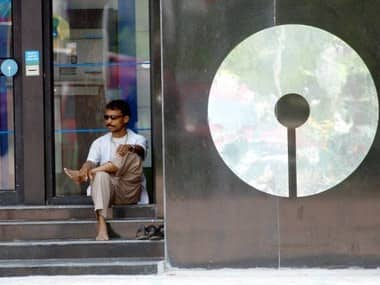 Reuters[/caption] A likely cut in RBI’s key rates on 2 August will give another reason for banks follow the SBI action. To be sure, SBI has a good reason for lowering the savings rate. Ever since bank savings rate deregulation happened in 2011, savings rate among large Indian banks have remained unchanged at 4 percent. Till then the rate was administered at 3.5 percent for several years (the change before that was done in 2003). Though lending rate deregulation happened in India in 1990s, savings rate continued to be an administered rate. When this rate was deregulated, the idea was to give an opportunity to the common savers to earn high returns as it was believed that competition would prompt banks to offer better savings rate. Both fixed deposit rates and lending rates have been tweaked several times but not savings rates. Certain smaller and medium-sized banks have offered higher rates, but industry has largely agreed upon a 4 percent rate. Three reasons SBI has cited, a) inflation falling and real returns improving b) demonetisation money flooding banks and C) likely downward bias on interest rates with expectations high on RBI for a rate cut on 2 August, are good enough for the bank to defend its move. Also, it makes great economic sense for SBI to reduce savings rate. With lower interest payment outgo, the move will positively impact SBI’s NIM (net interest margin), according to Siddharth Purohit, banking analyst at Angel Broking. “But, it will adversely impact small savers too,” Purohit said. According to Purohit, not all banks may follow SBI cues blindly as some will take call factoring in their individual deposit-situation. To sum up, SBI’s move augurs well for the banking industry but not for small savers. Demonetisation and low inflation — two developments the government have hailed as positives — have turned out to be the unlikely villain for them.
Other large banks would follow SBI in cutting rate. But those who expect drastic reduction in lending rates may get disappointed since banks would want to protect their margins
Advertisement
End of Article


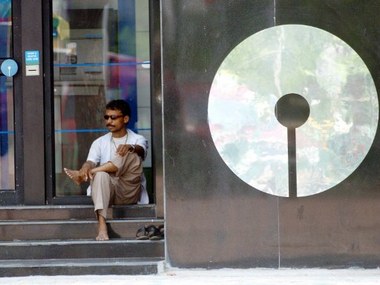)

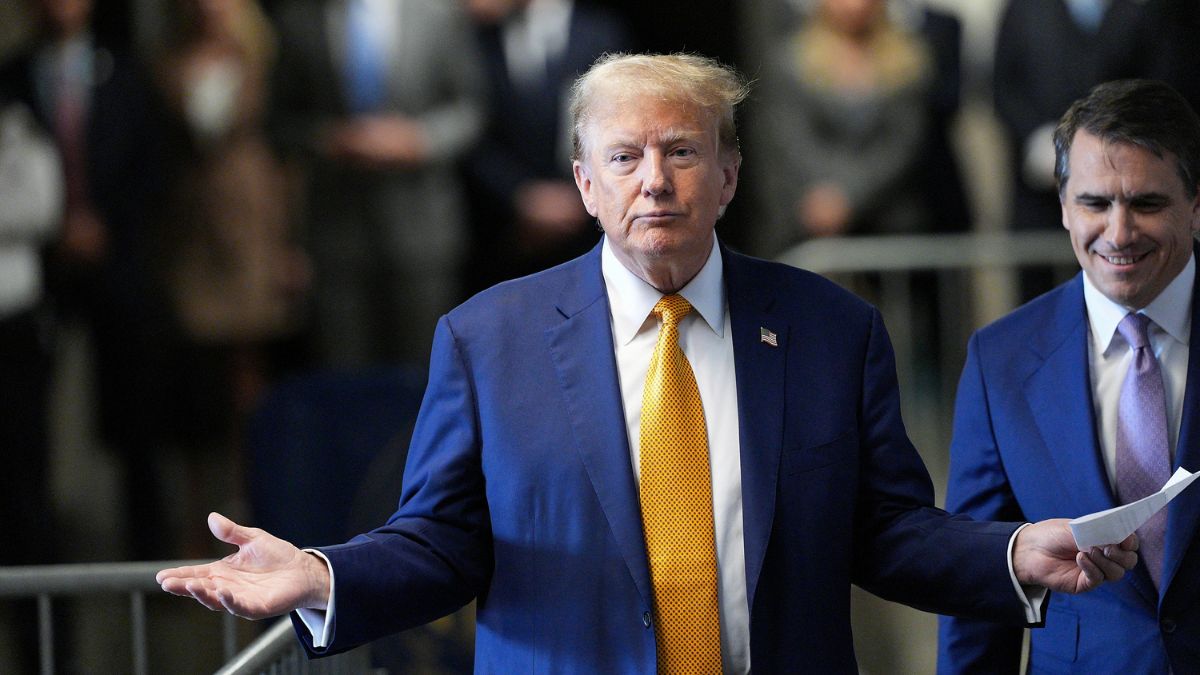)
)
)
)
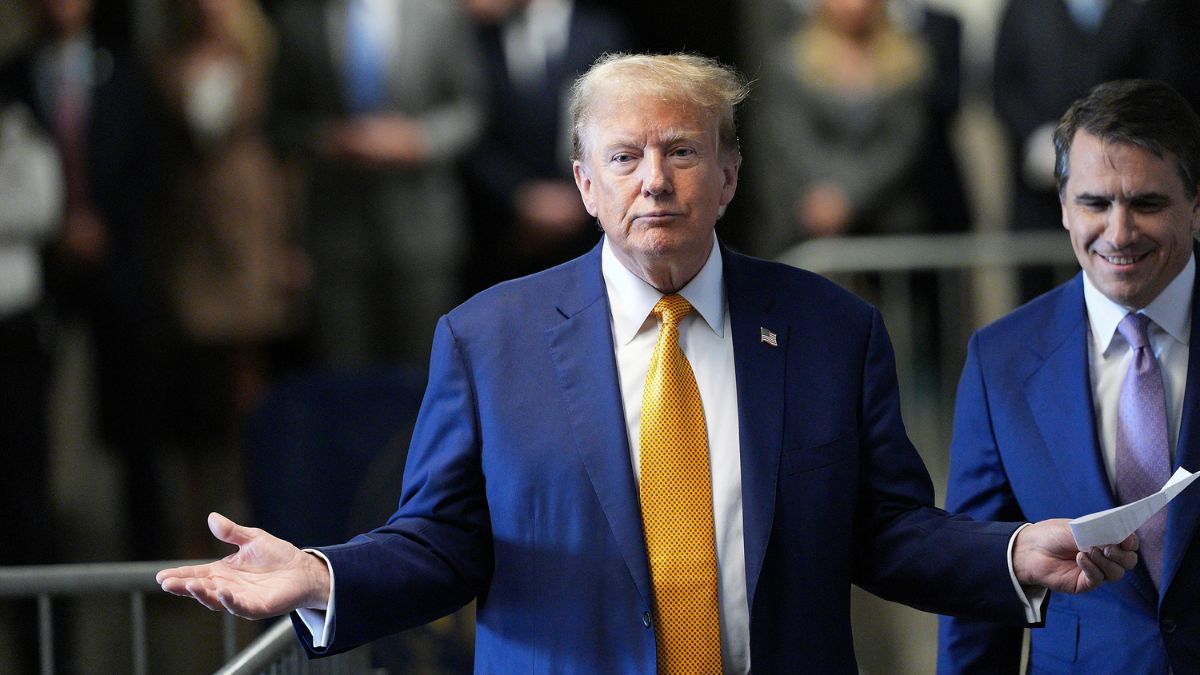)
)
)
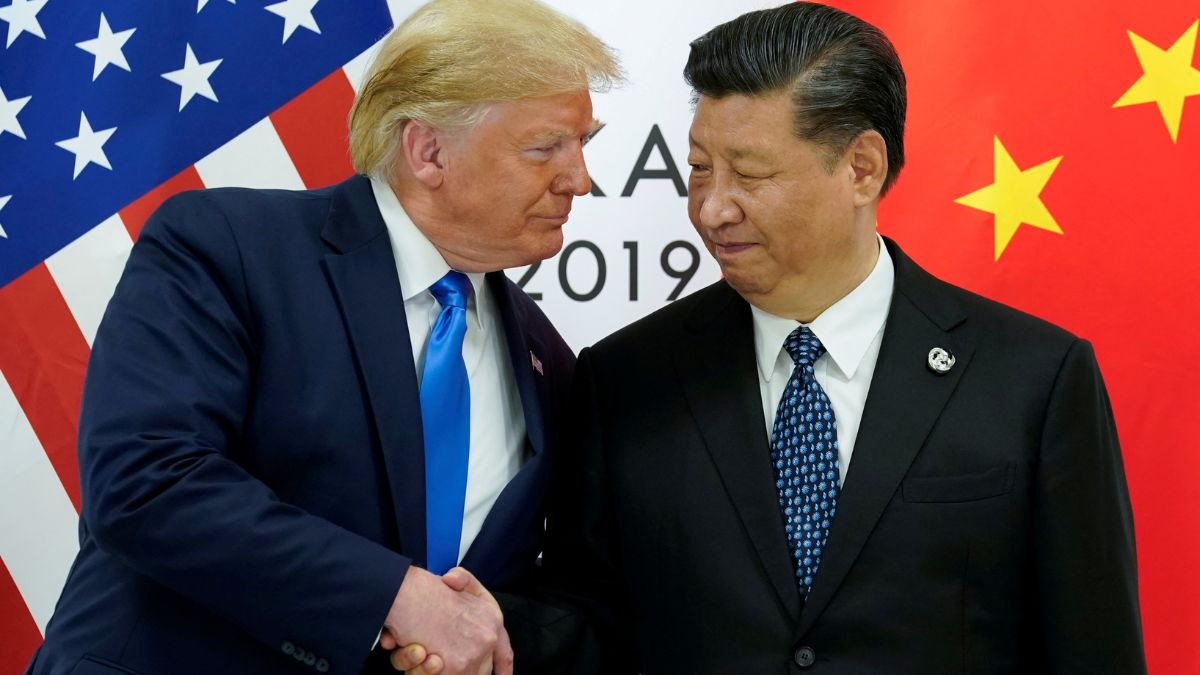)



